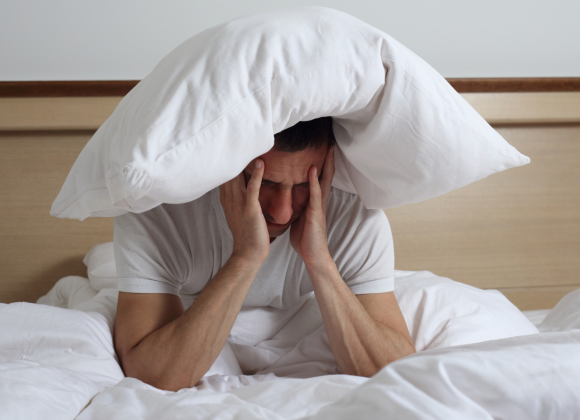In today’s fast-paced world, anxiety and stress have become part of everyday life. Whether it’s a demanding job, endless responsibilities, or just the noise of the digital age, our mental well-being often takes a hit. But what if you could roll out a yoga mat and find calm—right in your living room?
Yoga isn’t just about flexibility; it’s a holistic practice that connects body, breath, and mind. Many yoga poses (asanas) are known to reduce anxiety by promoting relaxation, improving breath control, and calming the nervous system.
Why Yoga for Anxiety and Stress Relief?
Yoga blends gentle movement, breath control, and mindfulness. Together, these practices lower cortisol levels—the body’s main stress hormone. They also activate the parasympathetic nervous system, which triggers the “rest and digest” response. As a result, you feel more relaxed, your heart rate slows, and your mind becomes calmer. With regular practice, yoga offers lasting benefits for both your body and mind.
1. Child’s Pose (Balasana)
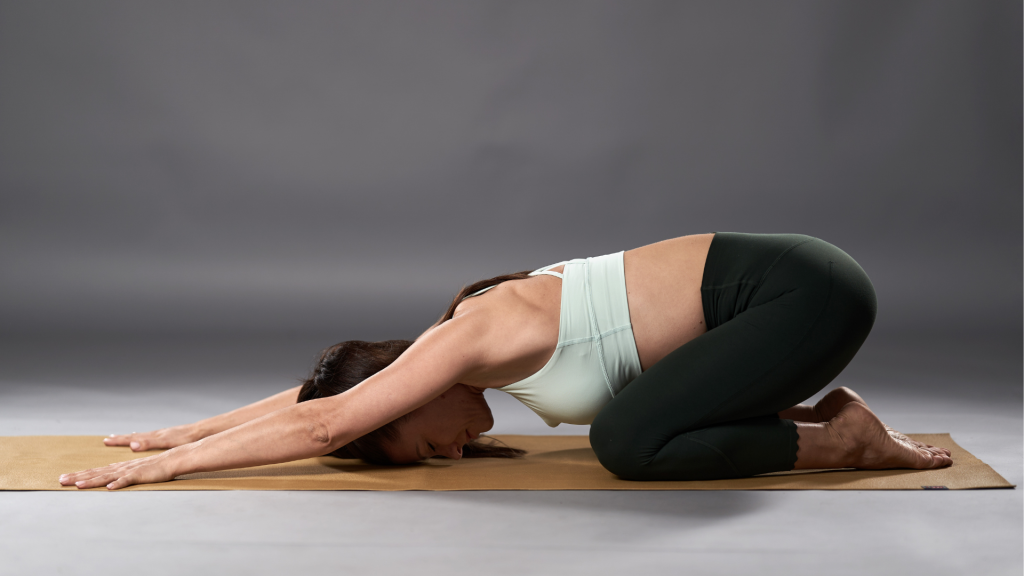
Why it helps:
This deeply restorative pose relaxes the lower back, gently stretches the hips, and soothes the mind. It’s like a gentle hug for your nervous system.
How to do it:
- Kneel on the mat with big toes touching and knees apart.
- Lower your torso between your thighs and stretch your arms forward.
- Rest your forehead on the mat and breathe deeply.
Tip: Stay in Child’s Pose for 1–3 minutes, focusing on your breath. Let go of the tension with each exhale.
2. Cat-Cow Stretch (Marjaryasana-Bitilasana)
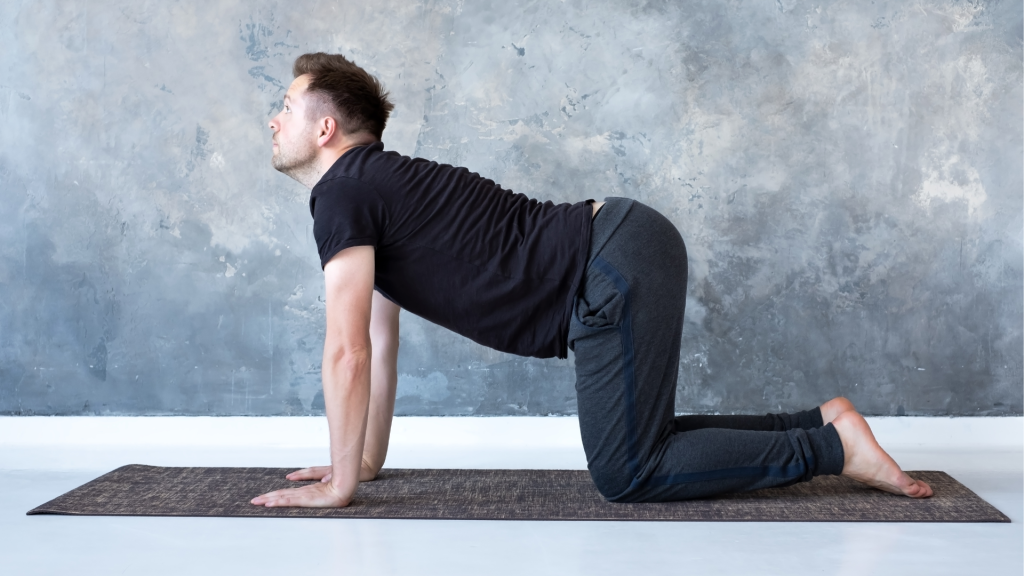
Why it helps:
This gentle spinal movement warms up the body and improves the connection between breath and motion, helping release emotional stress stored in the spine.
How to do it:
- Start on your hands and knees.
- Inhale, arch your back and lift your head and tailbone (Cow Pose).
- Exhale, round your spine and tuck your chin (Cat Pose).
- Repeat for 5–10 rounds.
Tip: Sync each movement with your breath for a meditative rhythm.
3. Legs-Up-The-Wall Pose (Viparita Karani)
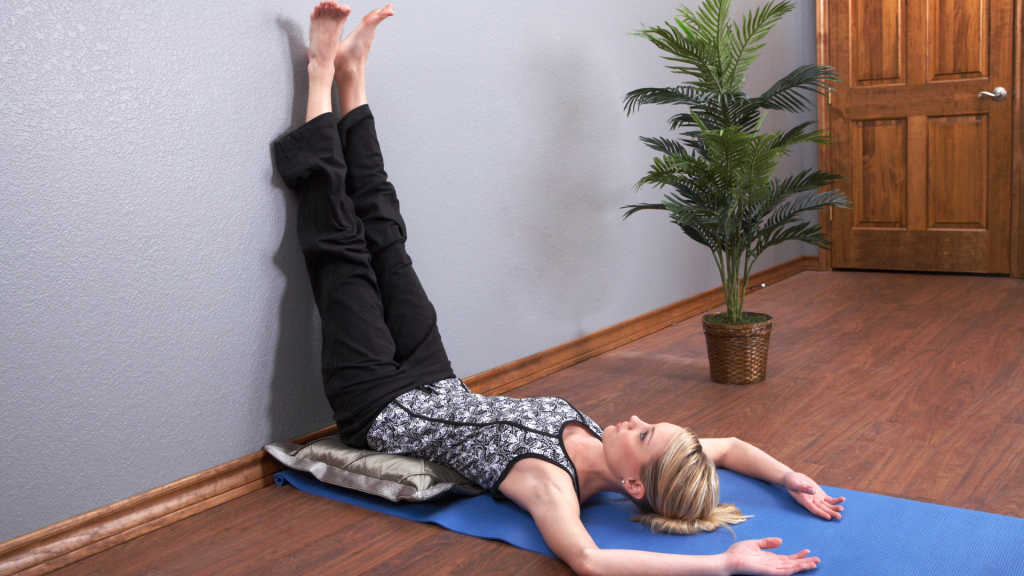
Why it helps:
This passive inversion helps reduce anxiety, calms the mind, and relieves tired legs and feet. It’s especially helpful if you’re feeling overwhelmed or fatigued.
How to do it:
- Lie on your back and scoot your hips close to a wall.
- Extend your legs up the wall, arms relaxed at your sides.
- Close your eyes and breathe slowly.
Tip: Stay here for 5–10 minutes to feel completely refreshed.
4. Standing Forward Bend (Uttanasana)
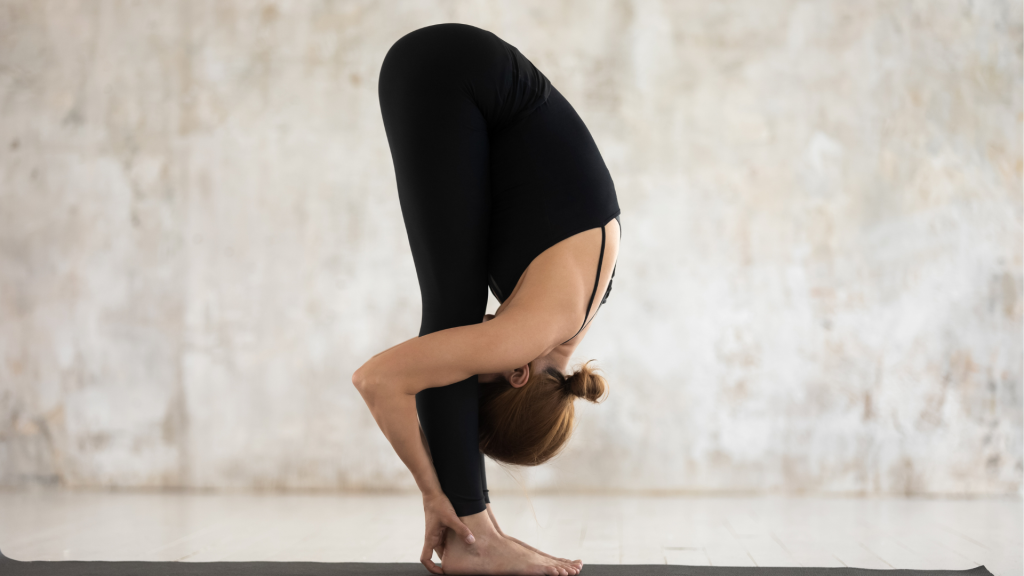
Why it helps:
This pose allows fresh blood to flow to the brain, easing headaches, fatigue, and mild depression. It also releases tension in the neck and shoulders.
How to do it:
- Stand tall, inhale, and on the exhale fold forward from your hips.
- Let your hands touch the floor or rest on your legs.
- Keep a slight bend in the knees and relax your head and neck.
Tip: Imagine stress melting off your back as you hang heavy toward the earth.
5. Bridge Pose (Setu Bandhasana)

Why it helps:
This heart-opening pose reduces anxiety by stimulating the thyroid and calming the brain. It also strengthens the back and opens the chest.
How to do it:
- Lie on your back, bend your knees, and place feet hip-width apart.
- Press into your feet to lift your hips.
- Clasp your hands beneath you and roll your shoulders under.
Tip: Focus on lifting your heart and softening your jaw while holding the pose for 30 seconds to a minute.
6. Seated Forward Bend (Paschimottanasana)
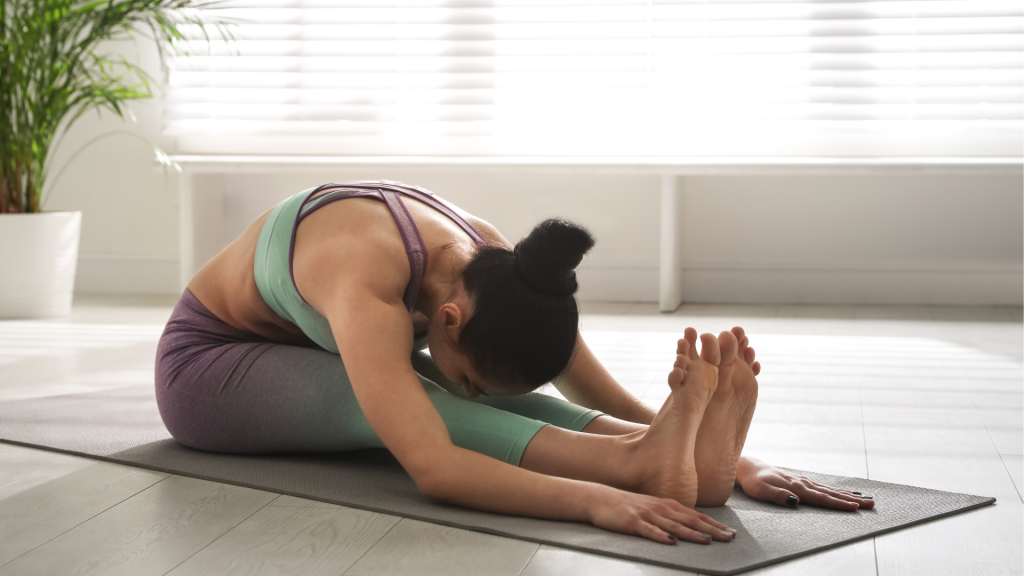
Why it helps:
This introspective pose promotes calmness and reduces anxious thoughts. It stretches the entire backside of the body and quiets the mind.
How to do it:
- Sit with your legs extended forward.
- Inhale to lengthen the spine, exhale to fold forward from the hips.
- Hold your feet or shins, keeping your spine long.
Tip: Don’t worry about touching your toes—focus on the breath and inner stillness.
7. Corpse Pose (Savasana)
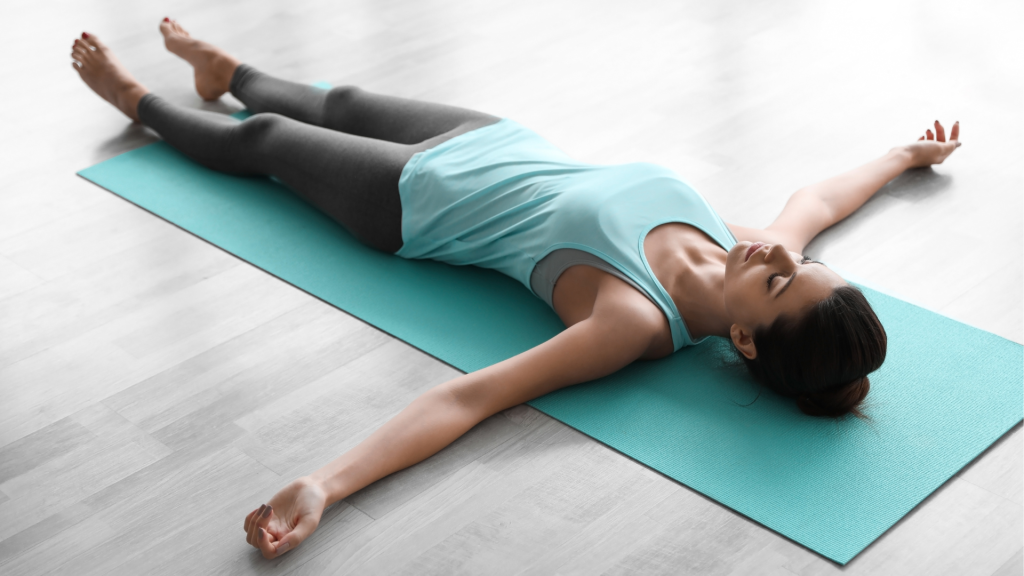
Why it helps:
Often underestimated, Savasana is essential for integrating your practice. It activates the parasympathetic nervous system and brings deep relaxation.
How to do it:
- Lie flat on your back with arms at your sides, palms facing up.
- Close your eyes and focus on your natural breath.
- Stay for 5–10 minutes.
Tip: Use a guided meditation or calming music if your mind tends to wander.
Final Thoughts
Managing anxiety and stress isn’t about big, drastic changes. Sometimes, it’s as simple as breathing deeply and giving your body space to rest. These yoga poses are a gentle but powerful way to reconnect with yourself and create a sense of calm.
Try adding them to your morning routine or winding down with them at night. And remember, consistency matters more than perfection.



